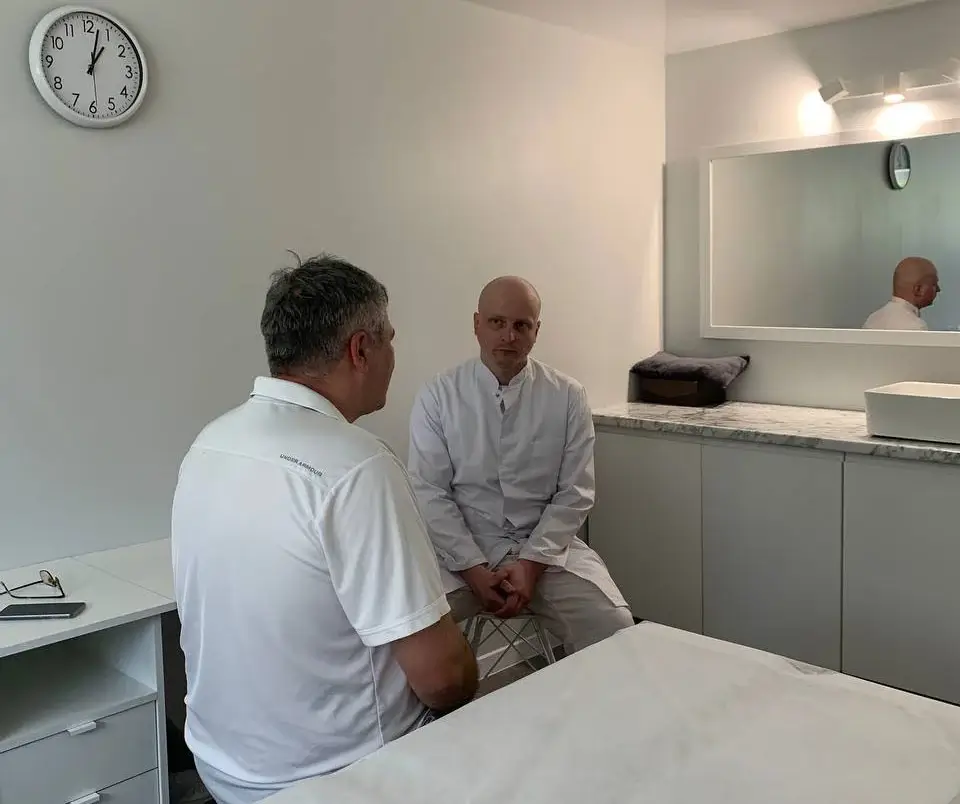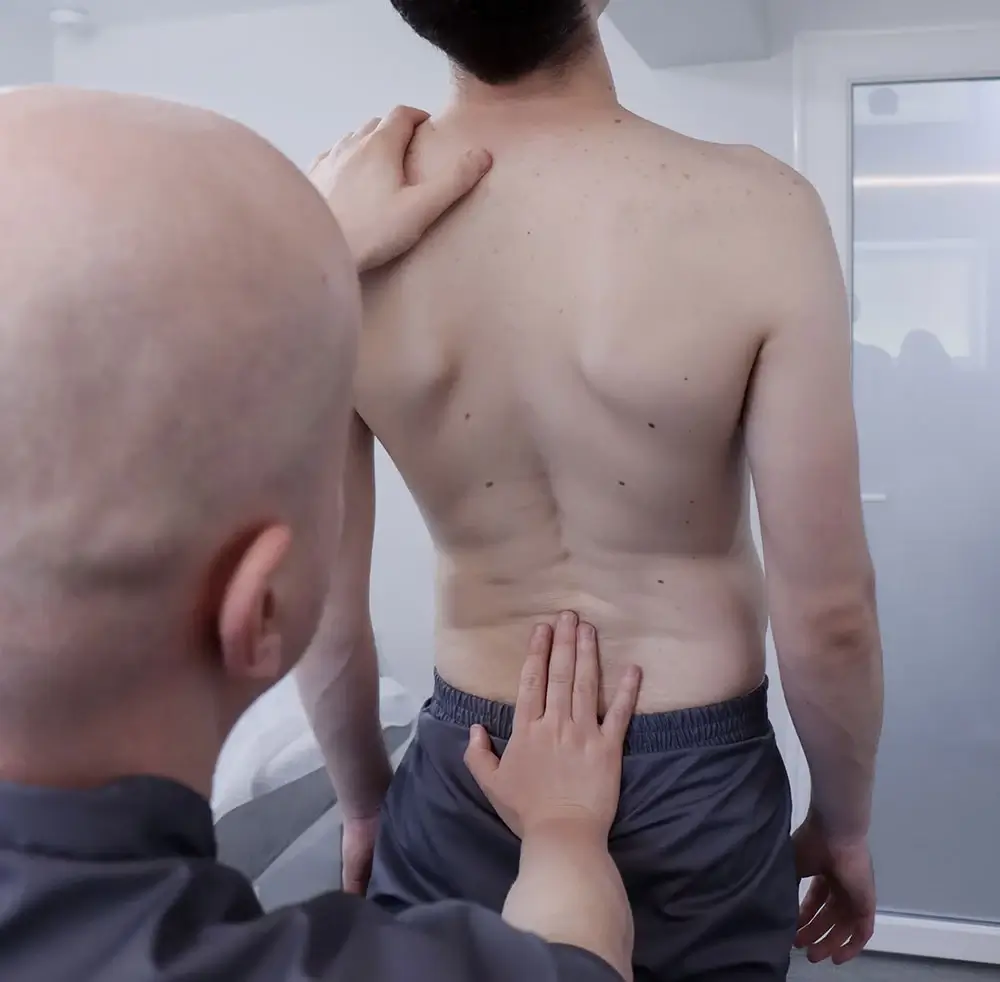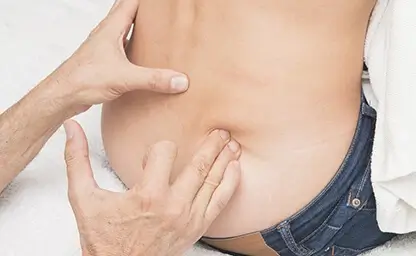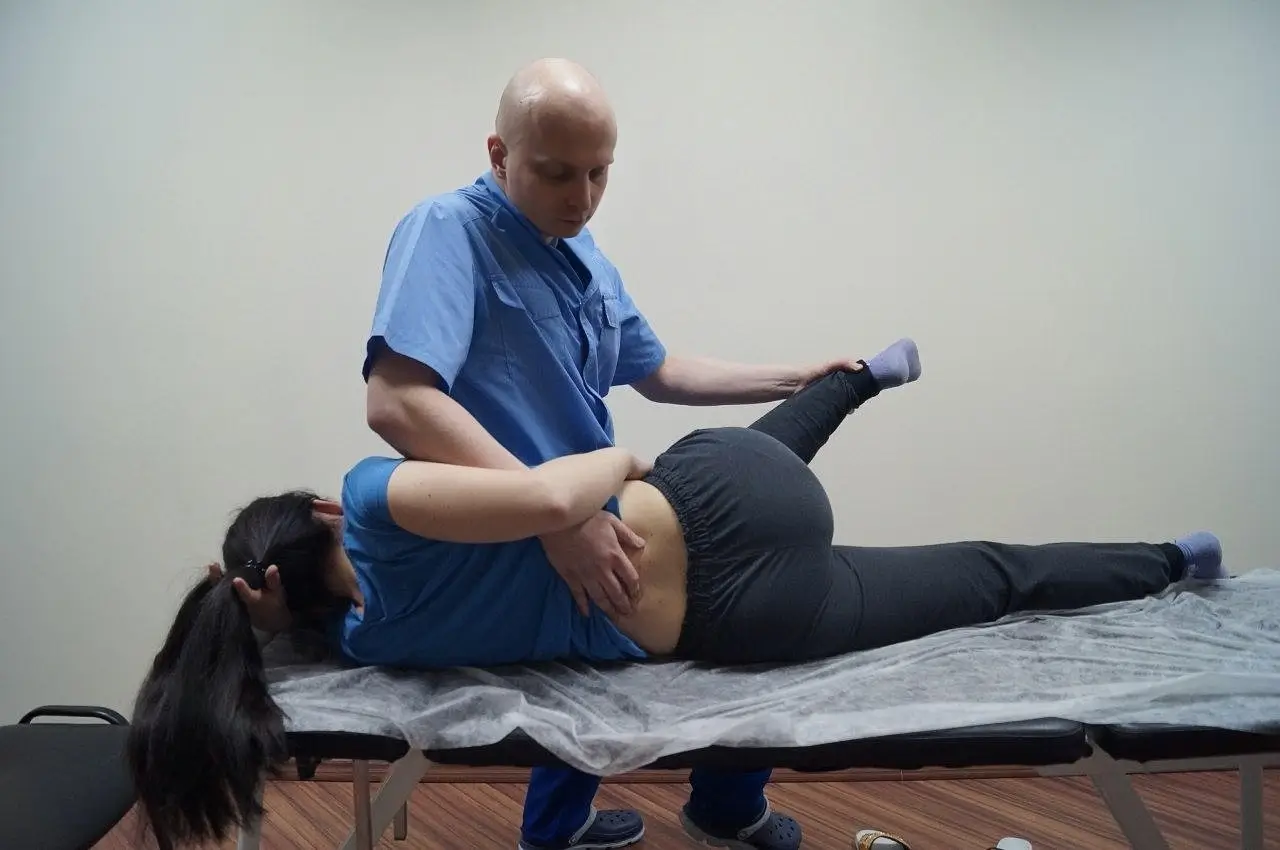

Manual Therapy and Osteopathy in Prague
- Individual approach. Diagnosis is essential and determines the choice of treatment methods—no standard approaches.
- Safety and physiological methods. My goal is to help the body find its own path to health, not to force it—no sudden or traumatic techniques.
- Holistic approach. The whole body is one system, and symptoms are often not located where the cause is, so treatment should be holistic and etiological.
My treatment principles:
Manual therapist, osteopath, doctor Grigori Tafi

When you should see an osteopath:
- Various pains in the spine, joints, and muscles
- Frequent headaches
- Numbness in hands or feet
- Unpleasant sensations in different parts of the body
- Dysfunction of internal organs
- Postural disorders, scoliosis, pelvic misalignment
- When other treatments don’t help – the cause may be biomechanical, as often happens
- More details with examples from case studies

Treatment methods used:
- Osteopathy, various techniques based on diagnostic results
- Gentle manual therapy techniques
- Therapeutic massage: fascial techniques and trigger point therapy
- Kinesiological taping
- Selection of specific therapeutic exercises
- Posture and ergonomics advice
- Stress and tension management tips
- More about some manual methods
Some information before your visit
How does a session go?
During the first visit, special attention is paid to diagnosis. We’ll gather medical history, ask about symptoms and their development, assess tissue mobility, and perform diagnostic palpation. Everything will be explained to you, and future steps will be justified. In the following visits, actual treatment techniques will take most of the time.
How to prepare for the visit?
No special preparation is needed, but if you have any previous test results, it’s best to bring them. Please don’t be late and wear comfortable clothing.
Is osteopathy right for me?
As mentioned, diagnosis is key, so we can only answer that precisely after diagnostics. But you can assess the likelihood based on the list of indications or take a quick test. If I see I can't help, I will tell you honestly.
Do I work with children?
Yes, but usually from the age of 5-6. Maybe one day I’ll also specialize in pediatric osteopathy and newborn care, but not yet.
What’s the difference between an osteopath and a manual therapist?
Mainly in diagnostic approaches and choice of manual techniques. I use a unique combination depending on the patient’s needs—but no cracking, thrusting, or jerky movements.
Osteopathy consists of two Greek words meaning “bone” and “disorder.” The founder of osteopathy, Andrew Taylor Still, chose this name to highlight the vital role of the musculoskeletal system in the proper function of all other systems in the body and how dysfunctions in it can lead to health problems.
In essence, an osteopath is a functional anatomist who uses manual techniques for treatment. Simply put, a doctor who uses knowledge of structure, physiology, and pathology of the body along with manual skills. This requires not only deep knowledge of anatomy and physiology but also practical skills.
Manual therapy (Latin *manus* – hand) is a medical discipline aimed at diagnosing and treating functional disorders of the musculoskeletal system, using, among other tools, the physician’s hands. Manual techniques of orthopedists, physiotherapists, rehabilitation specialists, sports physicians, as well as American schools of osteopaths and chiropractors, have had a great influence on it.
☛ Spine Treatment in Prague
☛ Therapeutic massage in Prague.
Join me on social media, read, ask questions :) My Instagram




